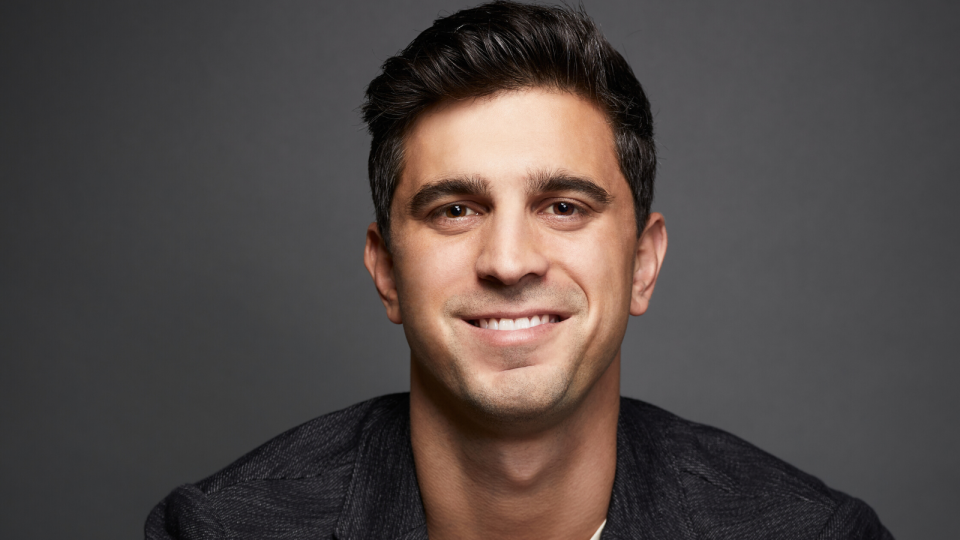This was billionaire Afterpay founder Nick Molnar’s biggest mistake

Buy-now-pay-later platform Afterpay has an eye-watering market value of $19.27 billion, with co-founder Nick Molnar becoming Australia’s youngest self-made billionaire at just 30 years old earlier this month.
And he’s always had entrepreneurial spirit, Molnar told Yahoo Finance.
“In my teens I convinced my dad to jump on a flight to Vegas two days prior to a jewelry trade show that was taking place, as I had my eye on this brand that I wanted to sell in Australia,” Molnar said.
“He agreed and when we got to Vegas, I was able to convince Ice Jewelry – a successful US brand – to allow me to sell their products exclusively in Australia.”
Molnar went on to later launch IceOnline, which became the most successful jewellery business on eBay in Australia.
“I did this while studying a Bachelor of commerce, finance and international business – [a] double major. My mum used to help me ship the product from our kitchen and my office was my bedroom.”
Also read: Shares in this Australian company grew 740% during Covid-19
Also read: The industry set to grow nearly 10% a year
The idea for Afterpay actually came to Molnar after the global financial crisis, when he was just 18.
“I had grown up in a generation that had a strong aversion to credit following the global downturn of 2008,” he said.
“People wanted to use their own money to pay for things and were skeptical about credit cards having seen their parents or parent's friends getting into trouble by being over extended.”
His neighbour at the time, and now co-founder Anthony Eisen, would see Molnar’s light on late at night, and eventually asked what he was up to.
“One day he stopped me and said, ‘Sorry to intrude, but what is it you do with all your lights on until the early hours of the morning? I see you every night working until late and I had to ask?’
“I then told Ant about my business and about an idea I had been mulling over, where a customer is able to take a product home today and pay for it in four fortnightly instalments and that the merchant would pay a small fee to enable this new and improved version of lay-buy.”
Together, the two launched Afterpay, which now boasts over 55,000 merchant partners and 10 million users globally.
But the platform’s success didn’t come without hiccups.
When the co-founders started Afterpay, Molnar revealed he wanted to turn an established financial model - that is, lay-buy - on its head.
But perhaps not sending the right message straight off the bat about what they wanted the platform to do caused some issues for the brand.
“How much we disrupted, and the attention we received was a huge learning for us.”
And Afterpay did receive a lot of attention – but not all of it is positive.
The platform is able to avoid the strict lending regulations other credit lenders are subjected to as per the National Credit Act by requiring payments in 60 days, rather than the statutory 62 days, a notion critics have dubbed ‘vulture-like’.
In 2019, buy-now-pay-later firms were subjected to a Senate Inquiry, after the Australian Securities and Investments Commission (ASIC) put a spotlight on the rapidly growing industry to review how the platforms were influencing consumer spending habits.
ASIC’s report found 81 per cent of users used Afterpay to purchase more expensive items they couldn’t afford in one payment, and 70 per cent said they could be more spontaneous when buying goods and services. A concerning 64 per cent of users believed Afterpay allowed them to “spend more than [they] normally would”.
But Molnar said the attention just means more education is required.
“We learnt that we had to continually educate why we established Afterpay and what it means for consumers,” he said.
“Which to us was simple; we wanted to provide a new way for customers to budget their money and buy what they want in a responsible way. It's something we now know that we need to keep educating people about.”
The co-founders recently revealed plans to each cash in around $250 million of their stake, but Molnar said they were still fully committed to the business.
“Anthony and I are the largest shareholders of Afterpay and we are 100 per cent committed to the global expansion and international success of this business,” he said.
“We are only getting started and looking forward to a new launch in Canada later this year as well as looking into some other potential markets.”
Are you a millennial or Gen Z-er interested in joining a community where you can learn how to take control of your money? Join us at The Broke Millennials Club on Facebook!

 Yahoo Finance
Yahoo Finance 
